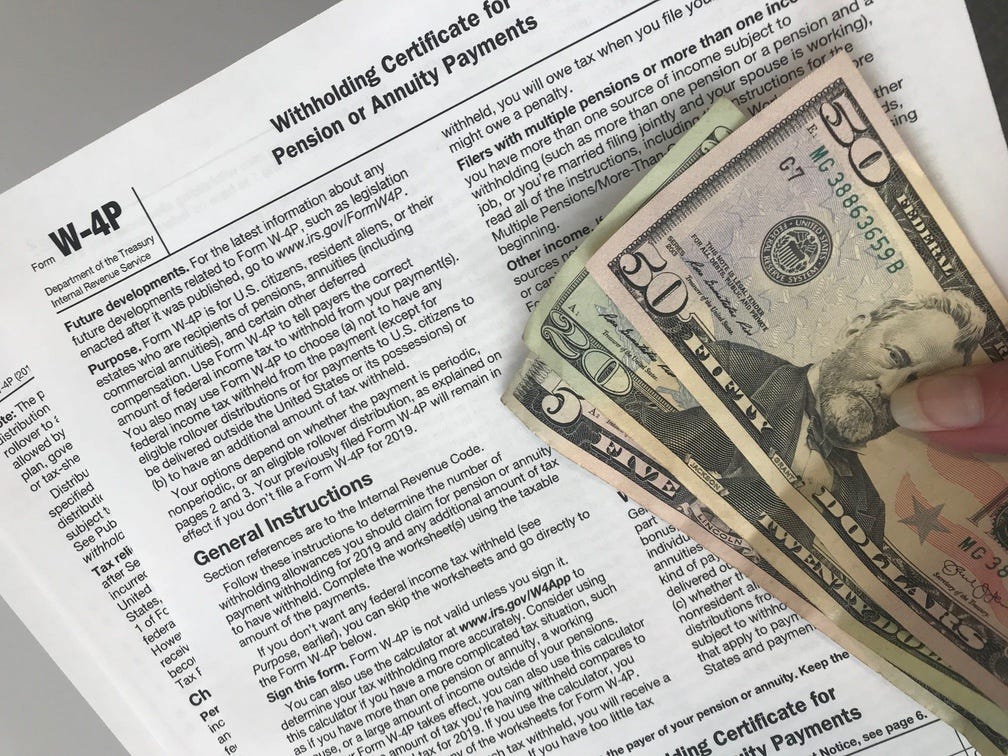Are you near 2026 IRS retirement savings caps? Here are the limits
Americans saving for retirement will have a chance to save more before taxes in 2026, the IRS said.
Next year, the annual employee deferral limit will rise to $24,500, from $23,500 in 2025, for workplace plans, including 401(k)s, 403(b)s, governmental 457 plans and the federal government’s Thrift Savings Plan.
Catch-up contributions for participants aged 50 and up will rise to $8,000 from $7,500, which means their total contribution for 2026 is capped at $32,500. For employees aged 60, 61, 62 and 63 who participate in these plans, their super catch-up contribution limit remains $11,250 and instead of the $8,000 for regular catch-up contributions.
In 2024, only 14% of participants saved the maximum amount to receive their tax break, flat from 2023, according to Vanguard’s annual How America Saves report. However, the share of older participants eligible for and who made a catch-up contribution inched up to 16% from 15%, it said. Super catch-up contributions didn’t begin until 2025.
As a reminder, catch-up contributions in 2026 for those who earned at least $160,000 in the prior calendar year must make catch-up contributions into a Roth plan, or after tax, said San Francisco-based certified public accountant Richard Pon. However, employer plans do not have to offer catch-up contributions or Roth plans, he said.
Employers without a Roth plan, may “instead bar highly paid participants from making catch-up contributions,” he said.
The 2026 limit on annual contributions to an IRA wll edge up $500 to $7,500. The IRA catch‑up contribution limit for individuals aged 50 will rise to $1,100 from $1,000 for 2025, after a cost-of-living adjustment, the IRS said.
Yes, the income ranges to determine eligibility to make deductible contributions to a traditional IRA, to contribute to Roth IRAs and to claim the Saver’s Credit all increased for 2026, the IRS said.
Here are the phase‑out ranges for 2026:
-
For single taxpayers covered by a workplace retirement plan, the phase-out range rose to between $81,000 and $91,000, from $79,000 to $89,000 in 2025..
-
For married couples filing jointly, if the spouse making the IRA contribution is covered by a workplace retirement plan, the phase-out range increased to between $129,000 and $149,000, from $126,000 to $146,000 for 2025
-
For an IRA contributor not covered by a workplace retirement plan and married to someone who is covered, the phase-out range is $242,000 to $252,000 from between $236,000 and $246,000 for 2025.
-
For a married individual filing a separate return who is covered by a workplace retirement plan, the phase-out range is not subject to an annual cost-of-living adjustment and remains between $0 and $10,000.
-
For a married individual filing a separate return who is covered by a workplace retirement plan, the phase-out range is not subject to an annual cost-of-living adjustment and remains between $0 and $10,000.
-
The income phase-out range for taxpayers making contributions to a Roth IRA will rise to $153,000 to $168,000, from between $150,000 and $165,000, for singles and heads of household. For married couples filing jointly, the income phase-out range rose to $242,000 and $252,000, up from between $236,000 and $246,000. The phase-out range for a married individual filing a separate return who makes contributions to a Roth IRA isn’t subject to an annual cost-of-living adjustment and remains between $0 and $10,000.
-
The income limit for the Saver’s Credit for low- and moderate-income workers is $80,500 for married couples filing jointly, up from $79,000 for 2025; $60,375 for heads of household, up from $59,250 for 2025; and $40,250 for singles and married individuals filing separately, up from $39,500 for 2025.



Leave a Comment
Your email address will not be published. Required fields are marked *